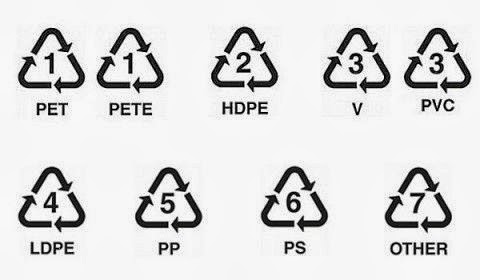Finding the true cost of portfolio complexity
Article McKinsey Quarterly (Sep 2016) - Automotive and Assembly:
Typically, costs are allocated by share of revenues. But since many specialized models have higher true costs arising from customization and lower production runs, they effectively freeload off more profitable lines. They often require more investment in R&D, tooling, testing, marketing, purchasing, and certification. Moreover, smaller batch sizes, lower levels of automation, longer assembly set-up times, and higher-cost technologies located further down the S-curves (for example customized, small-run technology for a new truck axle) will likely incur additional (and not always visible) expenses. Such distortions can lead to poor decisions.
To identify hidden complexity costs, companies must dive deep into the data, applying granular assessments to individual components so as to understand the impact of customization or scale on the cost profiles of each model. Exhibit 1 shows the true contribution to profitability of one manufacturing portfolio, and the amount of cost concealed by traditional accounting practices.
Executives should be prepared to take strong action to eliminate “hopeless cases”—products that sharply diminish margins—by moving up and left of the profit curve as shown in Exhibit 2. They can then further improve margins by recouping scale losses through greater standardization. In our experience, this healing process can reduce costs by up to 7 percent.




Comentarios